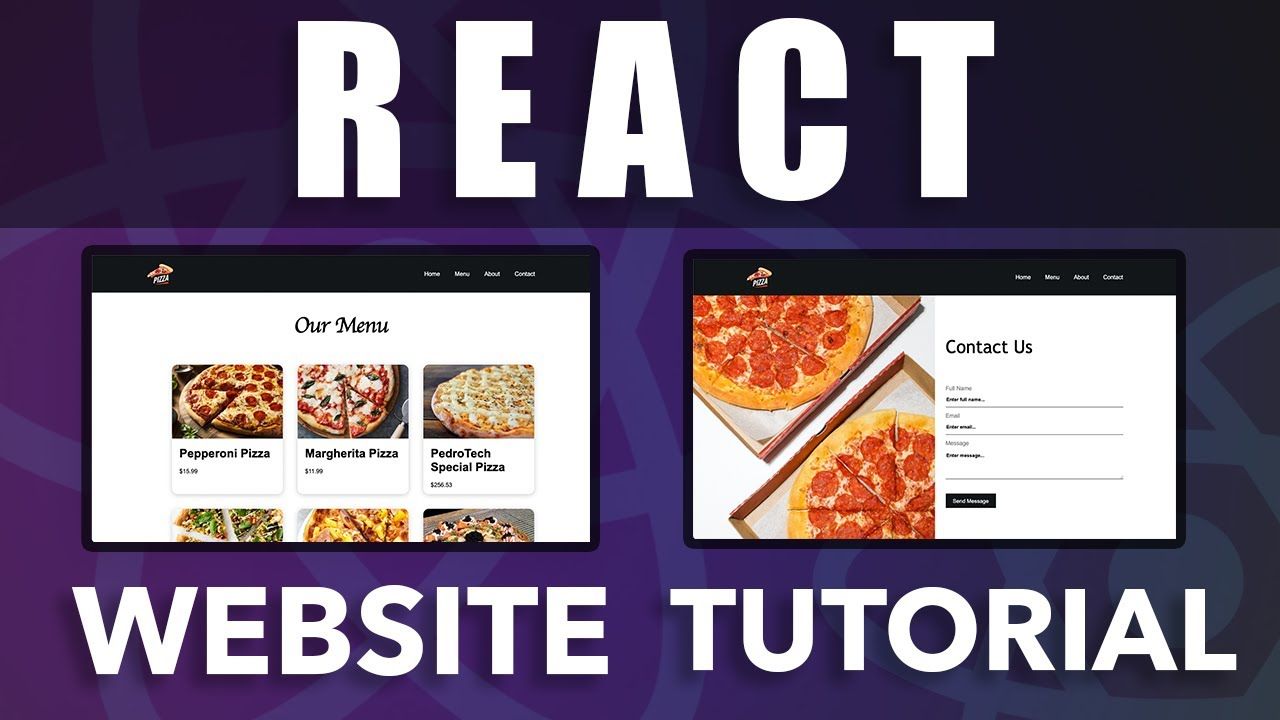React.js is a powerful JavaScript library that is widely used for building dynamic web pages and user interfaces. Its component-based architecture and efficient virtual DOM make it a favorite among developers for creating interactive and engaging web applications. In this article, we will explore how you can leverage the power of React.js to build highly interactive web pages that will keep your users engaged and coming back for more.
The Basics of React.js
React.js allows you to build user interfaces by creating reusable components that can be composed together to form complex UIs. Each component manages its own state and can be updated independently, making it easy to build interactive and responsive web pages. React uses a virtual DOM to efficiently update the UI, only re-rendering the components that have changed, which leads to better performance and a smoother user experience.
Creating Interactive Elements
One of the key features of React.js is its ability to create interactive elements that respond to user input. You can use event handlers like onClick, onChange, and onSubmit to capture user actions and update the component’s state accordingly. This allows you to build forms, buttons, dropdowns, and other interactive elements that update in real-time as the user interacts with them.
Building Dynamic Content
With React.js, you can easily display dynamic content on your web pages by fetching data from APIs and updating the UI based on the response. You can use tools like axios or fetch to make API calls and update the component’s state with the fetched data. This allows you to build web pages that display real-time data, such as news feeds, social media posts, or stock prices.
Animation and Transitions
React.js also makes it easy to add animations and transitions to your web pages to create a more engaging user experience. You can use libraries like react-spring or framer-motion to create smooth animations that respond to user interactions, such as scrolling, hovering, or clicking. This can help create a more polished and professional look for your web pages.
Optimizing Performance
When building interactive web pages with React.js, it’s important to optimize the performance of your components to ensure a smooth and responsive user experience. You can use tools like React.memo and useCallback to memoize expensive computations and prevent unnecessary re-renders. You can also use tools like React Profiler to identify performance bottlenecks and optimize your components for better speed and efficiency.
Conclusion
React.js is a powerful tool for building interactive web pages that engage and delight your users. Its component-based architecture, virtual DOM, and efficient state management make it easy to create dynamic and responsive UIs that respond to user input in real-time. By leveraging the power of React.js, you can build web pages that stand out from the competition and keep your users coming back for more.
So, if you’re looking to build highly interactive web pages that drive user engagement, give React.js a try and see the difference it can make for your web development projects.
Whether you’re building a simple blog or a complex web application, React.js has the tools and flexibility you need to bring your vision to life and create a truly interactive and immersive user experience.
